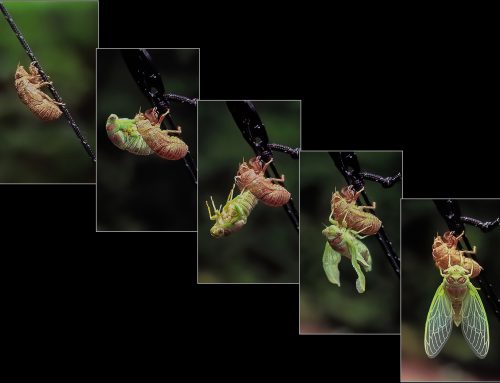On Wednesday (25 September 2019) Micki Aston LRPS CPAGB MCIoJ visited LBPC to educate us about “The Art of Mono”. Club members were offered a splendid opportunity to learn more about black and white photography. In addition, Micki discussed the do's and dont's for club competitions
More of Micki’s work can be seen at http://astonimages.com/
Micki is a professional travel photographer based in Gerrards Cross who started as a black and white landscape photographer. She has been widely published in a variety of books and other photographic publications. And she judges both inter-club and county competitions throughout southern England, as well as lecturing extensively on her travel photography.
Mono is Micki’s “first love”. And she believes that it has not been displaced by colour photography. Black and white still flourishes, particularly in the USA where photography generally is much more admired as an art form that here in the UK.
Club Competitions
The first part of Micki’s talk, though, concentrated on competition photography, considering important questions such as “what do judges want?” and “what makes a good image?”.
Micki said that judges these days are expected to be encouraging and helpful and to look for creativity rather than mere technical competence. Correspondingly, to get success any image needs to have the “wow” factor. And the photographer needs to be thinking about this at the “taking stage”. In Micki’s view it is better to shoot especially for competitions, particularly for “set” subjects, rather than merely raiding the back catalogue.
The main elements to consider are as follows.
- Creativity, but aligned to the brief.
- Subject interest, to hook the eye (why has this person taken this picture?).
- Originality.
- Story mood, the “feel” and the emotions evoked.
- Compositional rules, such as “thirds” and leading lines.
- Lighting, Micki’s key message – “light is what it’s all about!”.
- Special techniques, such as blur (which denotes movement) or getting down very low or up very high.
- Presentation and mounting of prints.
The Art Of Mono
Moving on to mono photography Micki reminded us that black and white photography is the original style of photography. She explained how colour images depict reality, while black and white ones interpret reality. She demonstrated how colour distracts, but black and white enables the photographer to strip a subject back to the bare bones and extract its essence. And she outlined how best to exploit the key building blocks of an image.
The building blocks are as follows.
- Texture – This looks great in black and white, especially in low raking light.
- Tonal contrast – We are used to seeing in colour and need to retrain our minds to “see” in black and white. We should aim for images with the full tonal range, ie, black, white and all the shades of grey in between.
- Shape and form – Shape is two dimensions, form is three dimensions. As in almost all photography, the challenge is representing 3D figures in 2D.
- Lighting – This is the most important element (“photography” means “drawing with light”). The quality of light determines the quality of the photo. Good lighting can elevate an image to another level.
Certain subjects are better for black and white images than others.
- Portraiture – Without colour, attention is focussed on the eyes and the face.
- Landscape – Without colour, attention is drawn towards the shape and form of components in the landscape and the quality of the light. Landscapes therefore need to be uncluttered (eg, cloudless skies can stop an image appearing too busy).
- Architecture – Again, the absence of colour draws attention to shape and form.
- Street and travel – Black and white removes colourful distractions to enable the memory, or the emotion, of a scene/place to be more clearly captured. And black and white has a timeless quality.
- Still life – Black and white brings out texture, as well as shape and form, and the quality of the light.
- Nudes – Again, black and white brings out texture, shape and form, and the quality of the light. And removing colour elements turns something potentially smutty into an art form.
This was an excellent informative talk. Micki is an energetic and entertaining presenter and her talk was extensively illustrated by her exemplary monochrome prints. She is “a darkroom person” and all the many prints were hand-printed darkroom prints from film. This talk will inspire – and enable – all of us to make better black and white images.
More of Micki’s work can be seen at http://astonimages.com/











Leave a Reply